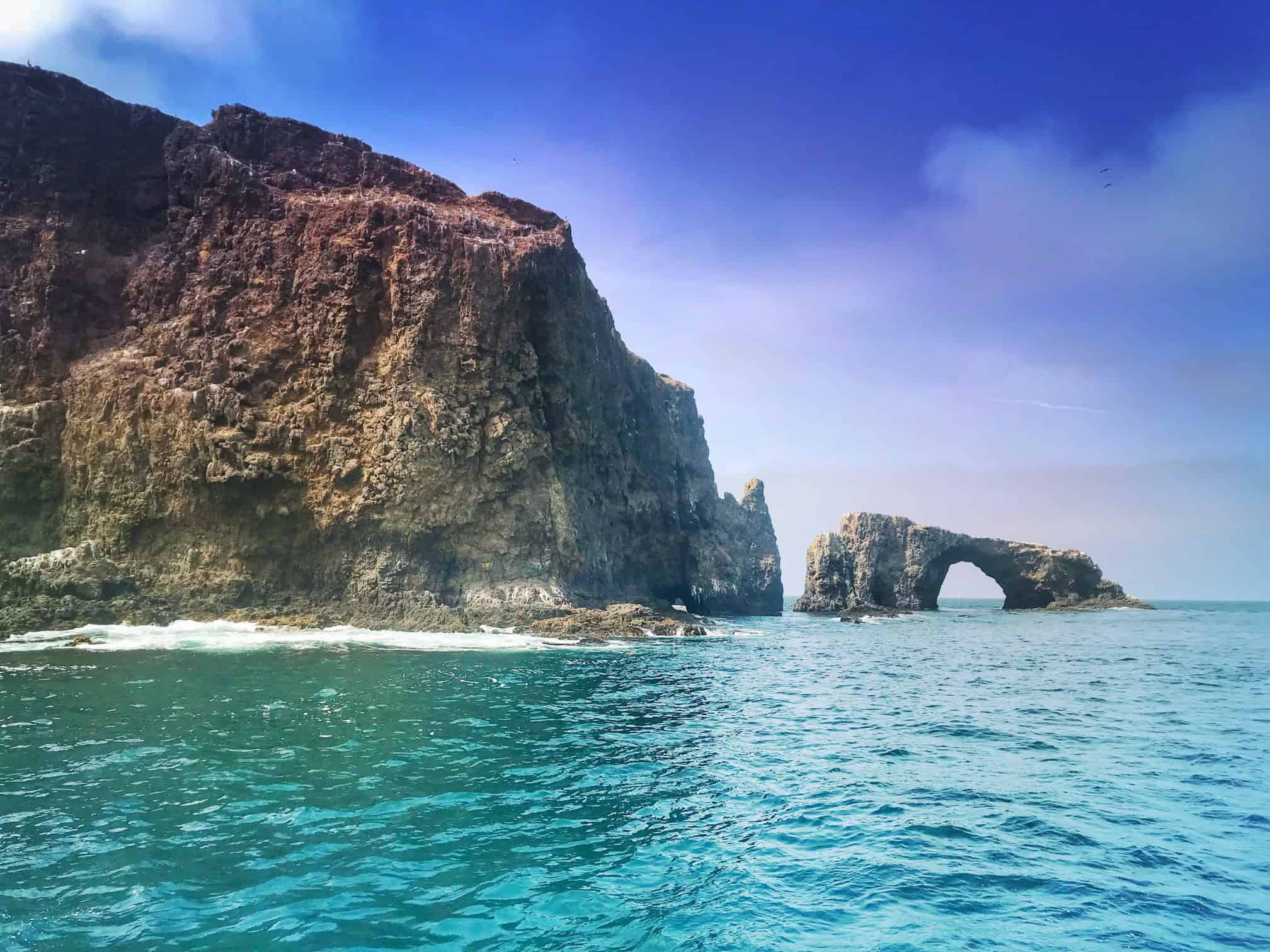Hoooo to pick in the wild and wonderful OWL Bracket? Round one matchups take flight along smoky mountaintops, down historic trails and across startling landscapes. It will take wisdom and a keen eye to make it to the Final Four. Read more below or enter your votes now.

No. 1 Great Smoky Mountain National Park vs. No. 16 George Washington's Mount Vernon
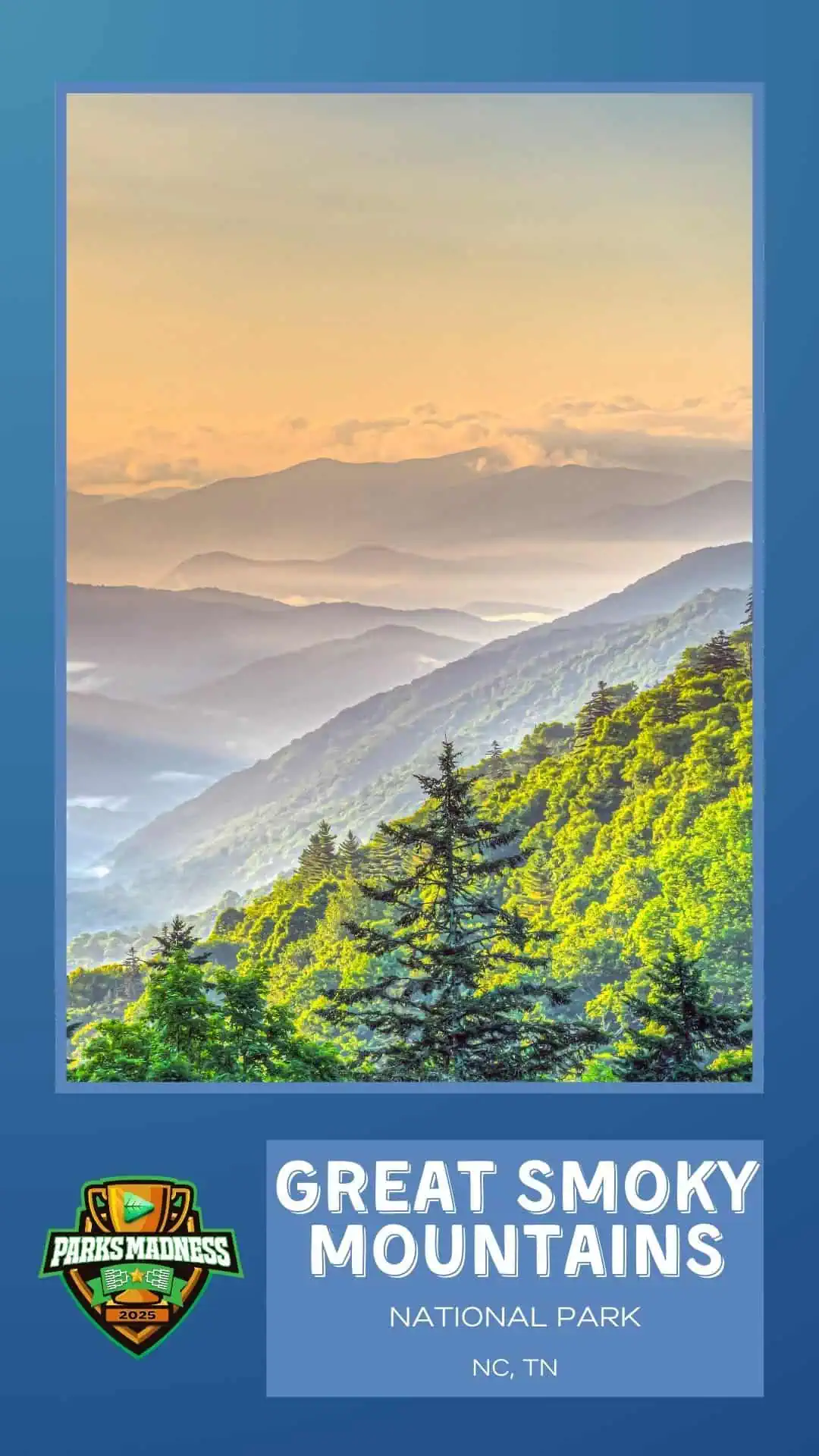
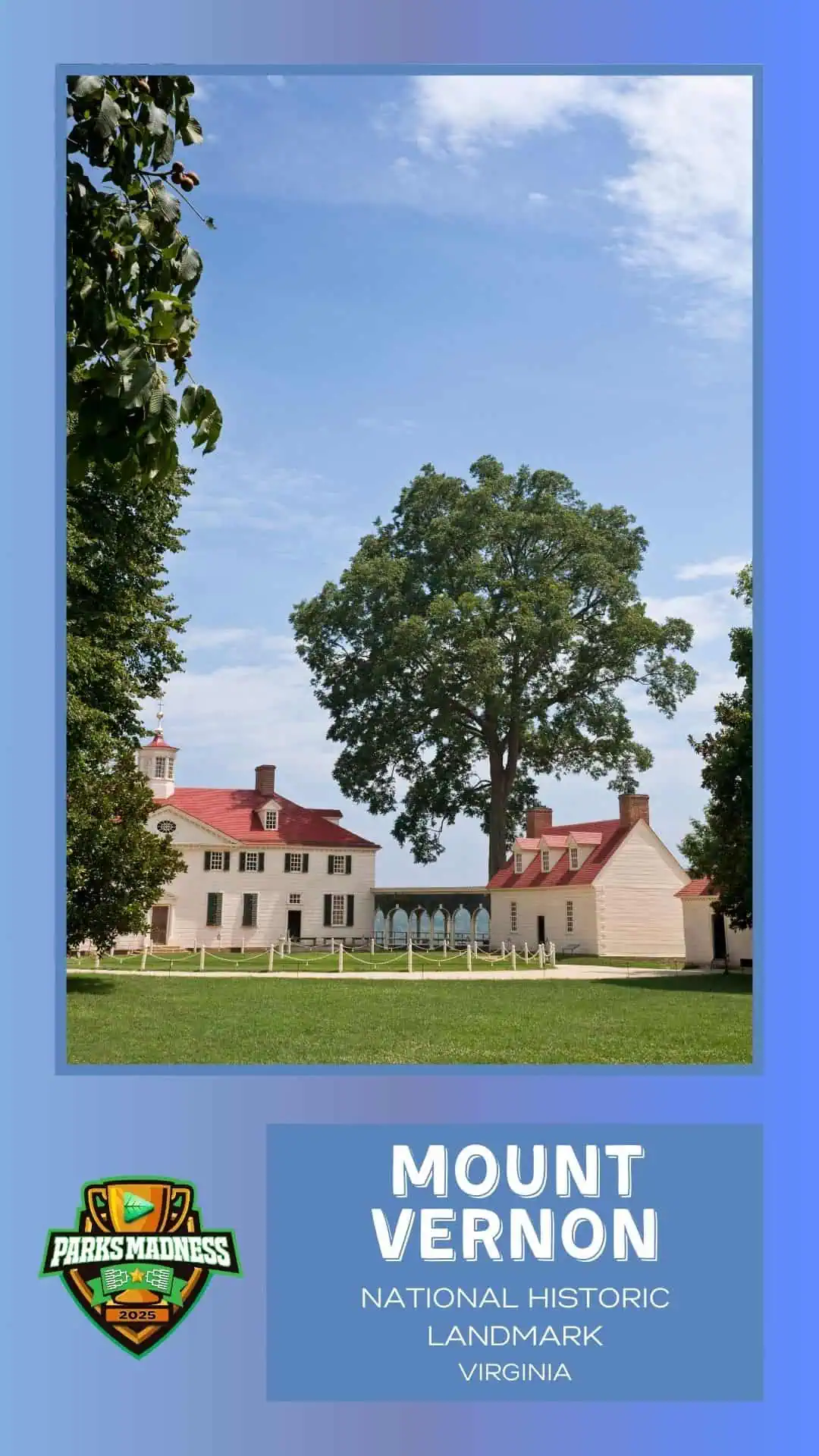

This one’s for the history buffs and the mountain lovers. One offers endless trails, waterfalls, and wildlife. The other? Time travel to the 18th century, complete with gardens, farms, and George Washington’s own final resting place. Let’s break it down.
Straddling the Tennessee–North Carolina border, the Smokies are legendary — 520,000 acres of ancient mountains, cascading streams, and biodiversity that rivals the Amazon. With over 13 million annual visitors, it’s the most visited national park in the U.S., and for good reason.
Whether you’re hiking to Clingmans Dome, spotting synchronous fireflies, or cruising along Newfound Gap Road, there’s always a view, a breeze, and a black bear or two not far away.
Best move: Hike Alum Cave Trail for stunning ridgelines and serious bragging rights — especially in autumn.
Located on the banks of the Potomac River in Virginia, Mount Vernon isn’t just a house — it’s a living portrait of George Washington’s life. Tour the mansion, stroll through the gardens, see his tomb, and explore the working farm and distillery, all restored to the year 1799.
It’s not a national park, but it’s a National Historic Landmark and one of the best-preserved Founding Father sites in the country. If you want to understand the man behind the myth, this is the place.
Best move: Stand on the back porch and take in the view that George himself once called “one of the finest prospects in the world.”
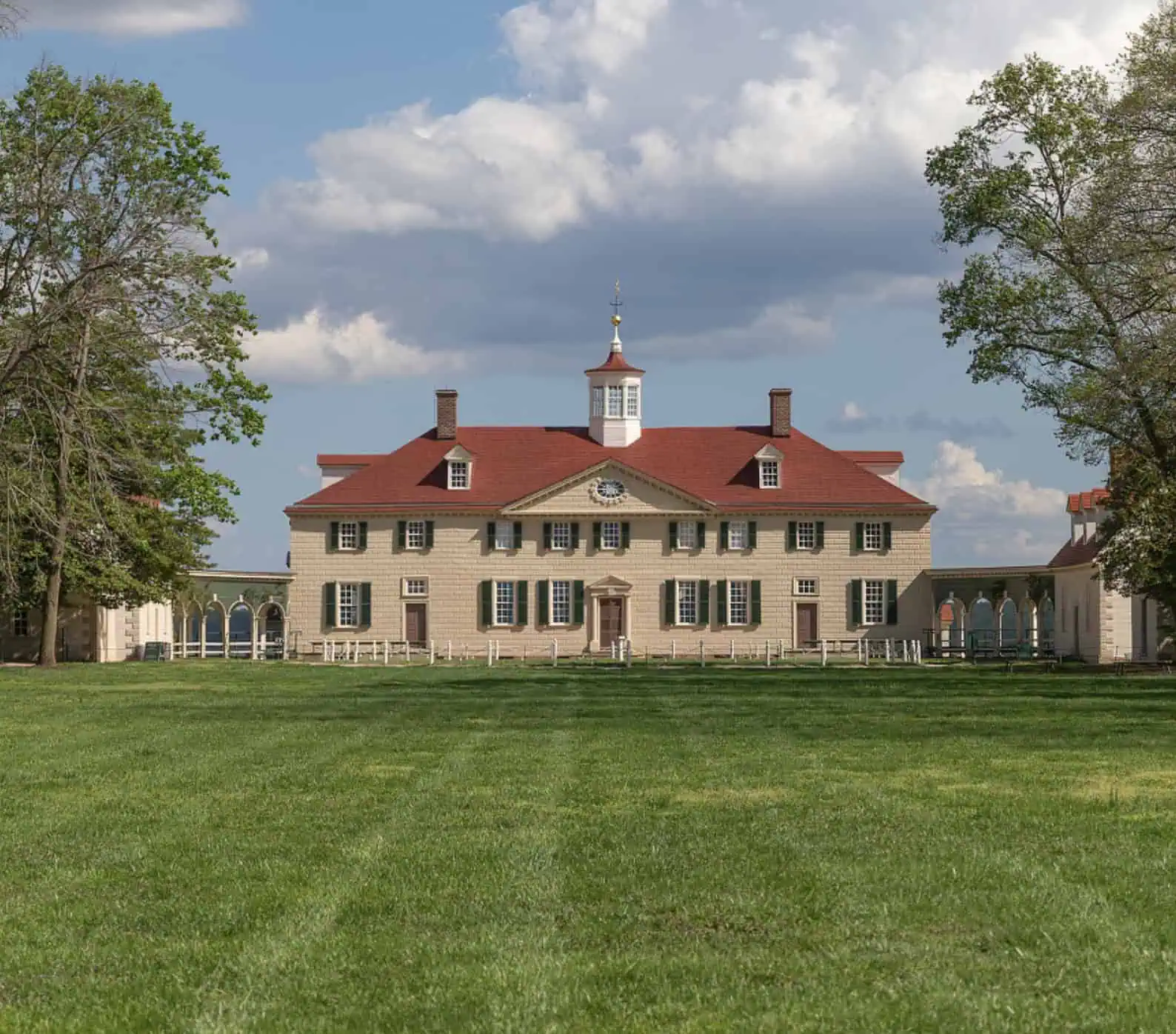
No. 8 Crater Lake vs. No. 9 Channel Islands
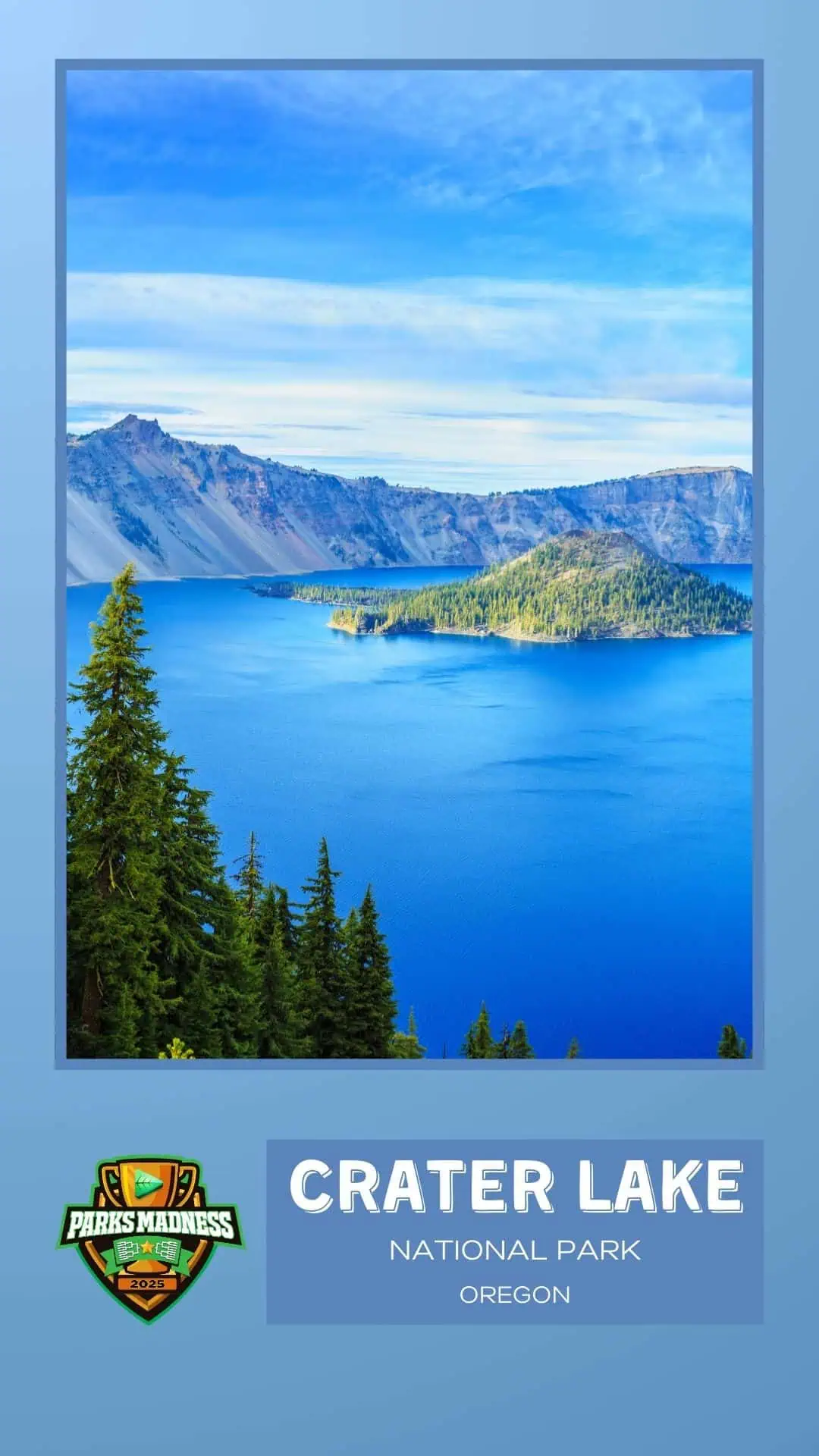
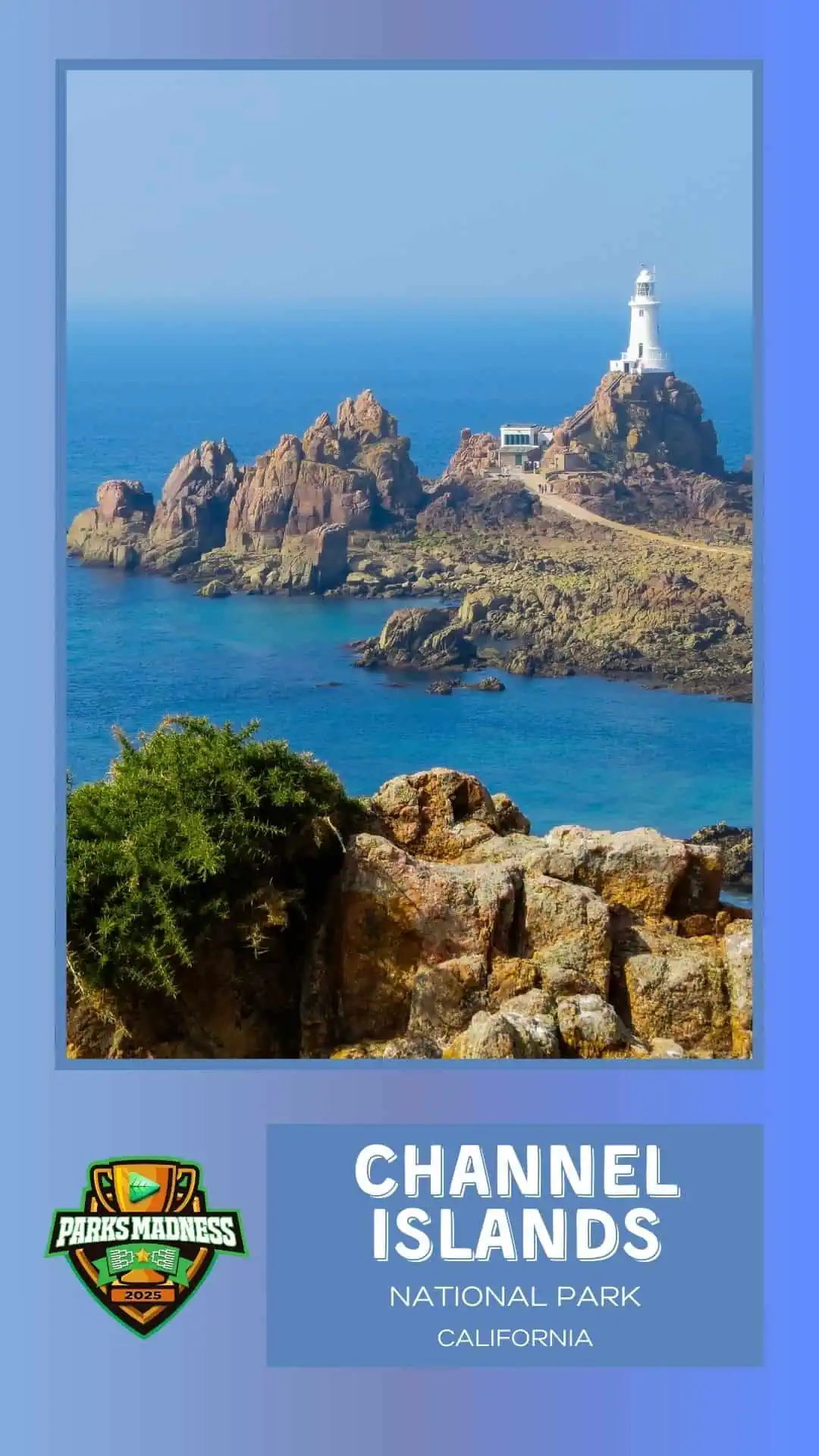
They may both feature water, but these two parks couldn’t be more different. One sits high in Oregon’s Cascade Range, the other spreads across five islands off the Southern California coast. What they do have in common? Unreal beauty, fewer crowds, and serious bragging rights for visitors.
Crater Lake is a showstopper — a collapsed volcano filled with the deepest lake in the U.S. (1,943 feet!). The water is famously pure and impossibly blue, thanks to rain and snow being its only sources. No rivers flow in or out — it’s a closed, ancient world.
Formed nearly 8,000 years ago when Mount Mazama exploded, the lake now cradles Wizard Island, a cinder cone that looks like it was designed for legends. The Rim Drive around the lake is one of the most scenic in the country, especially if you catch it after a dusting of snow.
Best move: Hike to the summit of Garfield Peak for the ultimate panoramic moment — bring your sunglasses, that blue is intense.
Nicknamed “the Galápagos of North America,” Channel Islands is made up of five rugged isles off the coast of Ventura, CA. Accessible only by boat or plane, the park is home to over 150 endemic species, from tiny island foxes to brilliant orange Garibaldi fish.
Here, you’ll find sea caves perfect for kayaking, cliffs made for whale-watching, and kelp forests you can dive right into. It’s wild, raw, and beautifully isolated — with only about 300,000 visitors per year, it’s one of the least crowded national parks in the system.
Best move: Kayak through the sea caves at Santa Cruz Island — pure magic, especially when the light hits just right.
Crater Lake is otherworldly, iconic, and easy to fall in love with at first sight. Channel Islands is rugged, remote, and rewards the adventurous. One’s a collapsed volcano turned jaw-dropping lake; the other is a wild chain of islands where nature runs the show.
So what’ll it be — volcano lake serenity or island-hopping adventure?
No. 5 Pinnacles vs. No. 12 Virgin Islands National Park
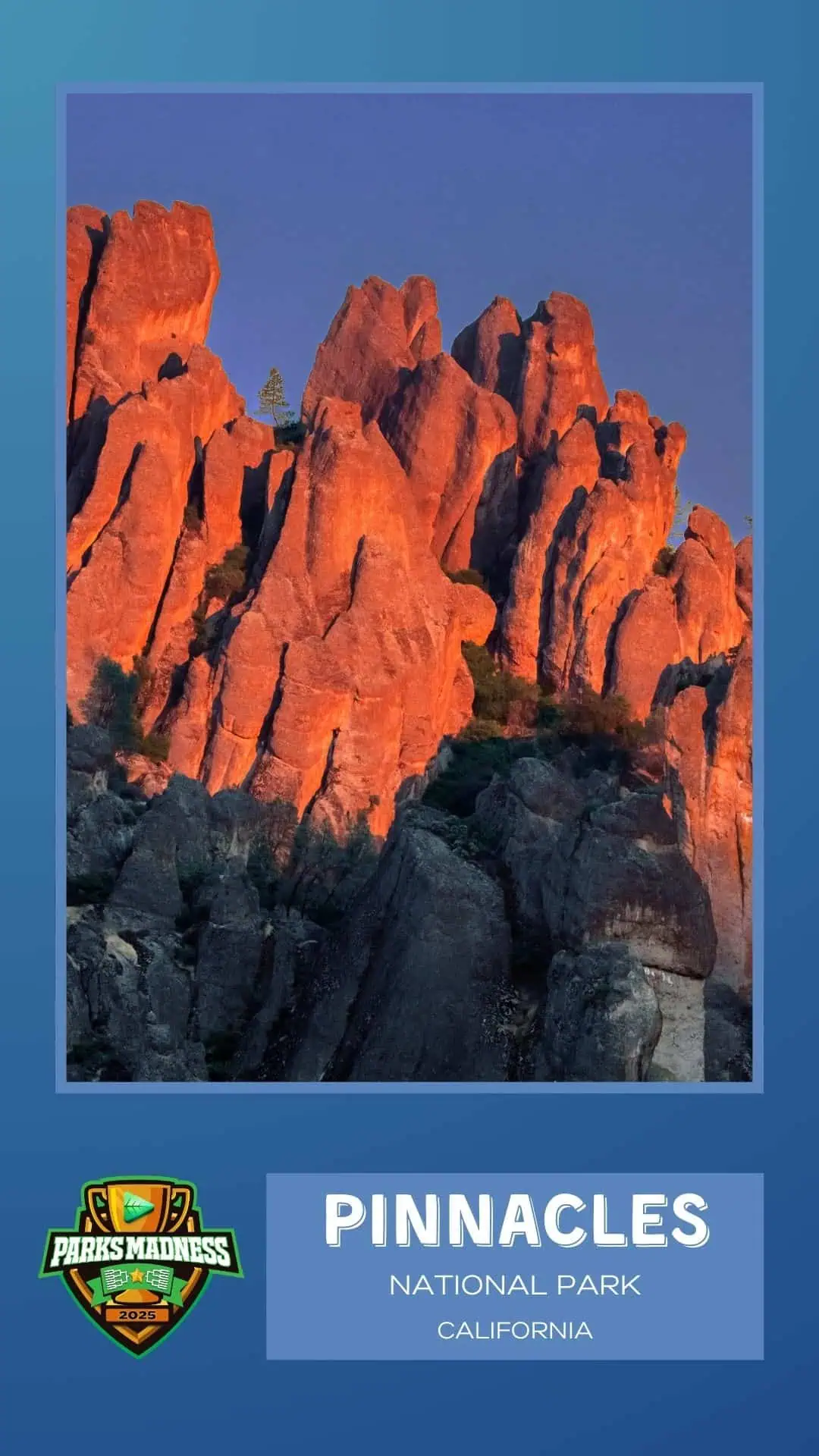
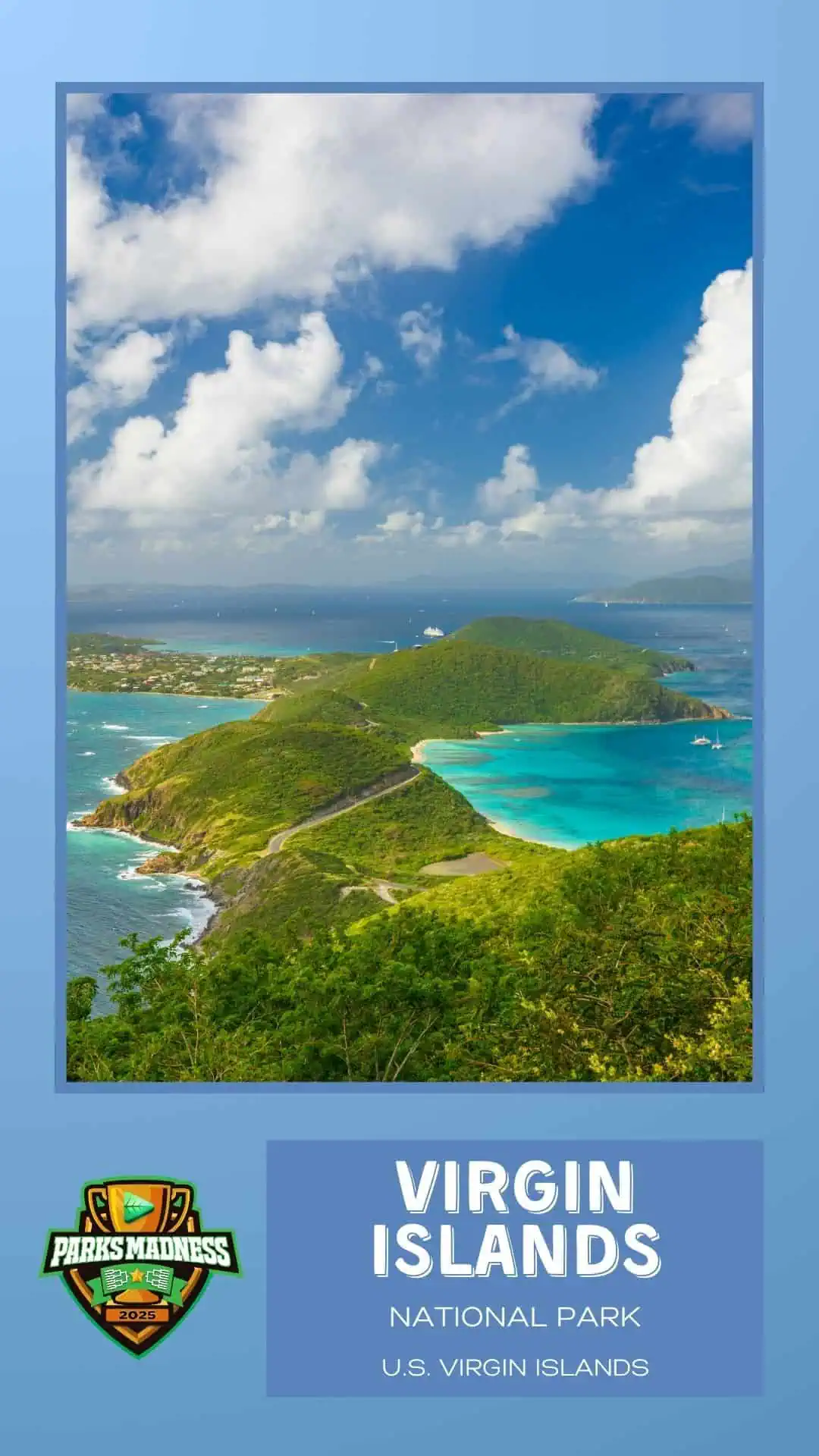
This matchup has it all: epic rock formations, endangered species, tropical beaches, pirate legends, and bats (lots of bats). It’s California grit vs. island glow — but only one can advance to the next round.
Tucked in the Gabilan Mountains east of Big Sur, Pinnacles is California’s newest national park (designated in 2013), but it’s been erupting with character for millions of years. Formed by ancient volcanic activity and the shifting San Andreas Fault, the landscape is a maze of towering rock spires, steep canyons, and cool talus caves.
Pinnacles is also a stronghold for the endangered California condor, with soaring wingspans that rival small aircraft. Add in some of the best climbing routes in the state and spring wildflowers that carpet the hills, and you’ve got a park that’s seriously underrated.
Best move: The High Peaks Trail — narrow ledges, stunning views, and a good chance of spotting condors mid-flight.
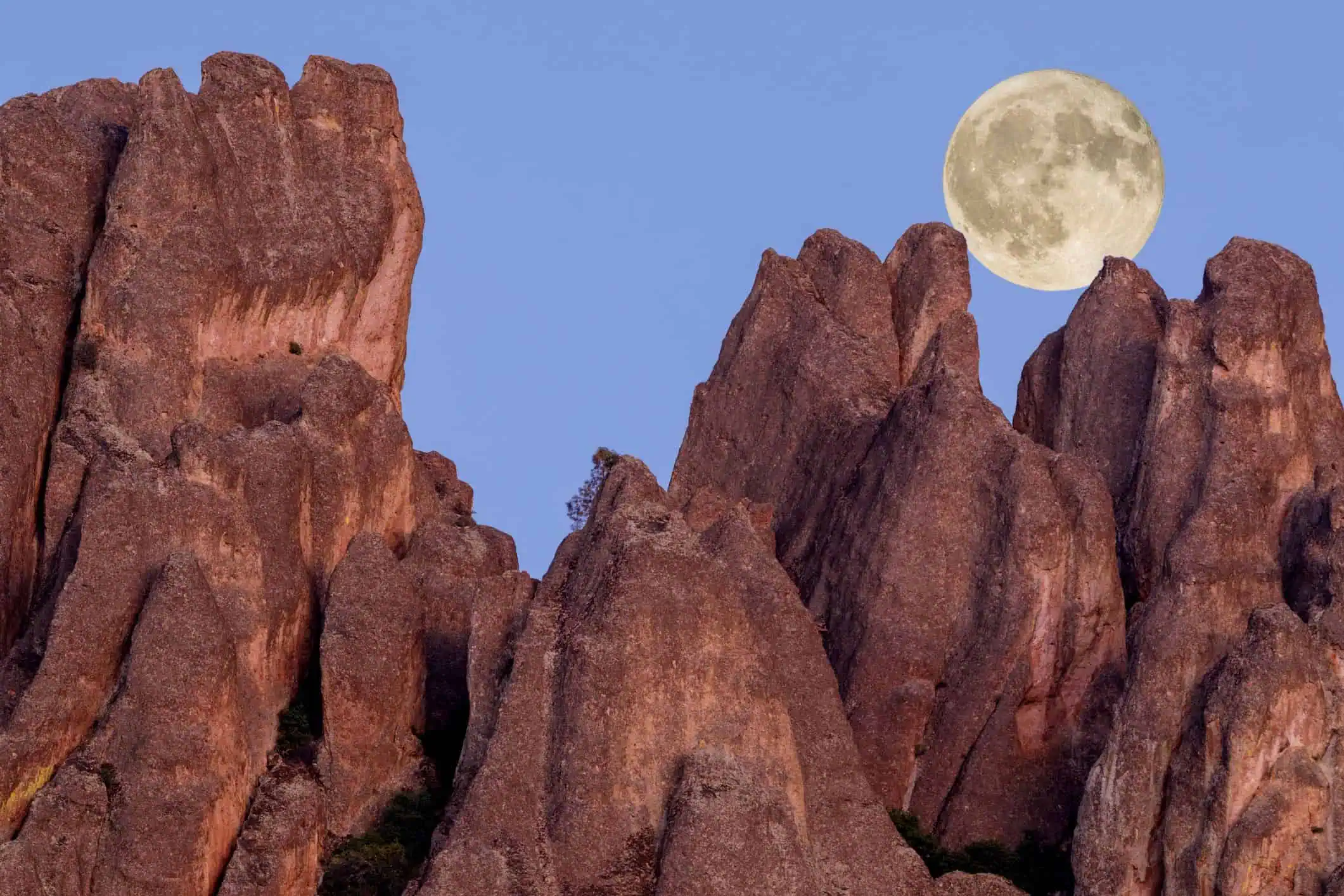
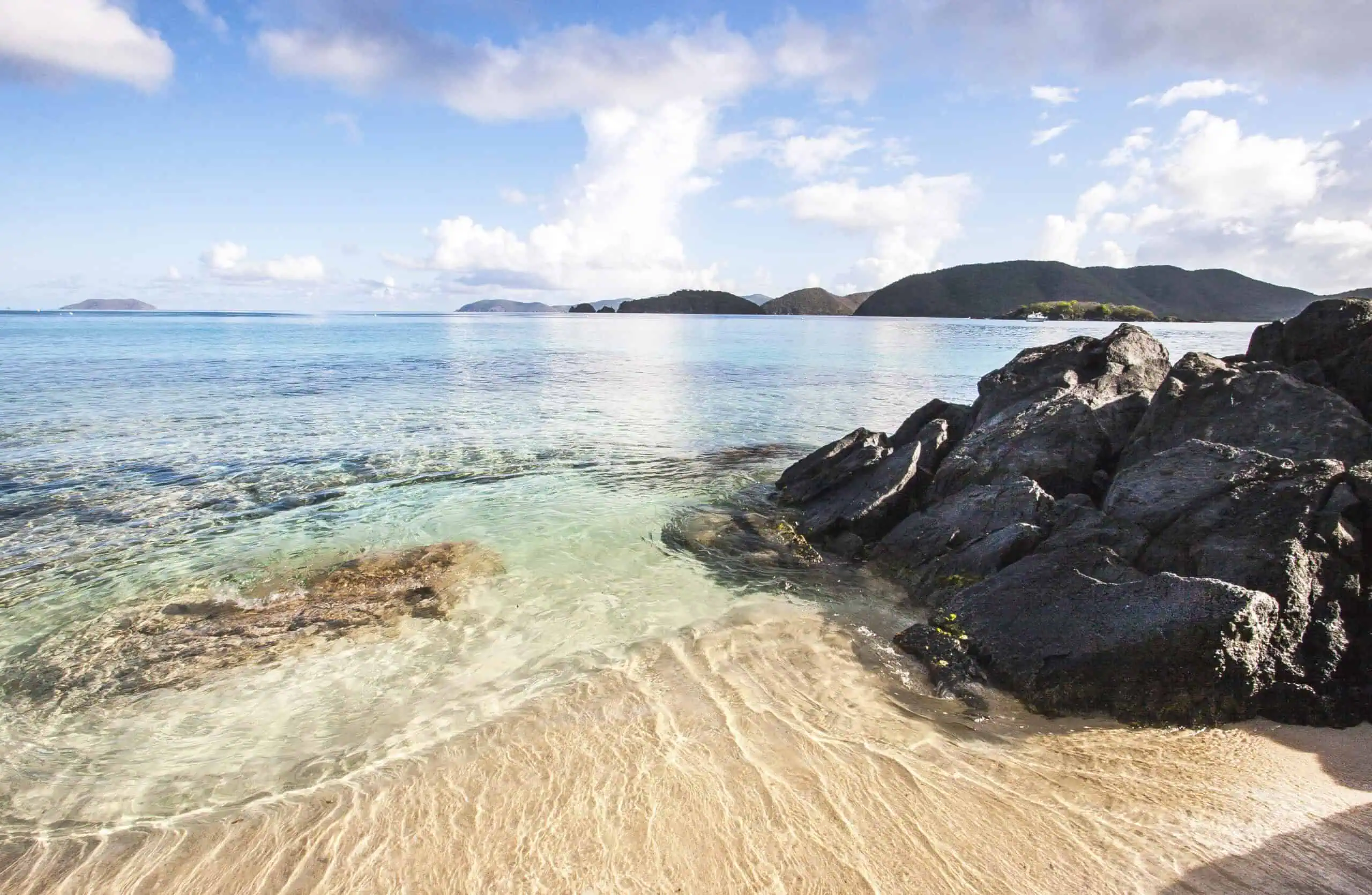
Over 60% of the island of St. John is part of Virgin Islands National Park, and honestly, it’s hard to believe a place this beautiful even needs to compete. White sand beaches? Check. Coral reefs teeming with sea turtles and rays? Check. Rainforest hikes that lead to sugar plantation ruins and petroglyphs? Oh yeah.
Despite being one of the most remote national parks, it sees nearly 300,000 visitors annually — many coming straight off boats to snorkel at Trunk Bay or hike the Reef Bay Trail. It’s nature, history, and culture, all wrapped in tropical vibes.
Best move: Snorkel the underwater trail at Trunk Bay — it’s like swimming through a living postcard.
This is the classic land vs. sea showdown. Pinnacles offers challenging climbs, geological drama, and that “hidden gem” energy. Virgin Islands brings the wow factor — lush, wild, and drop-dead gorgeous.
So, will you cast your vote for the inland peaks and condors or the island reefs and ruins?
No. 4 Freedom Trail vs. No. 13 Wind Cave

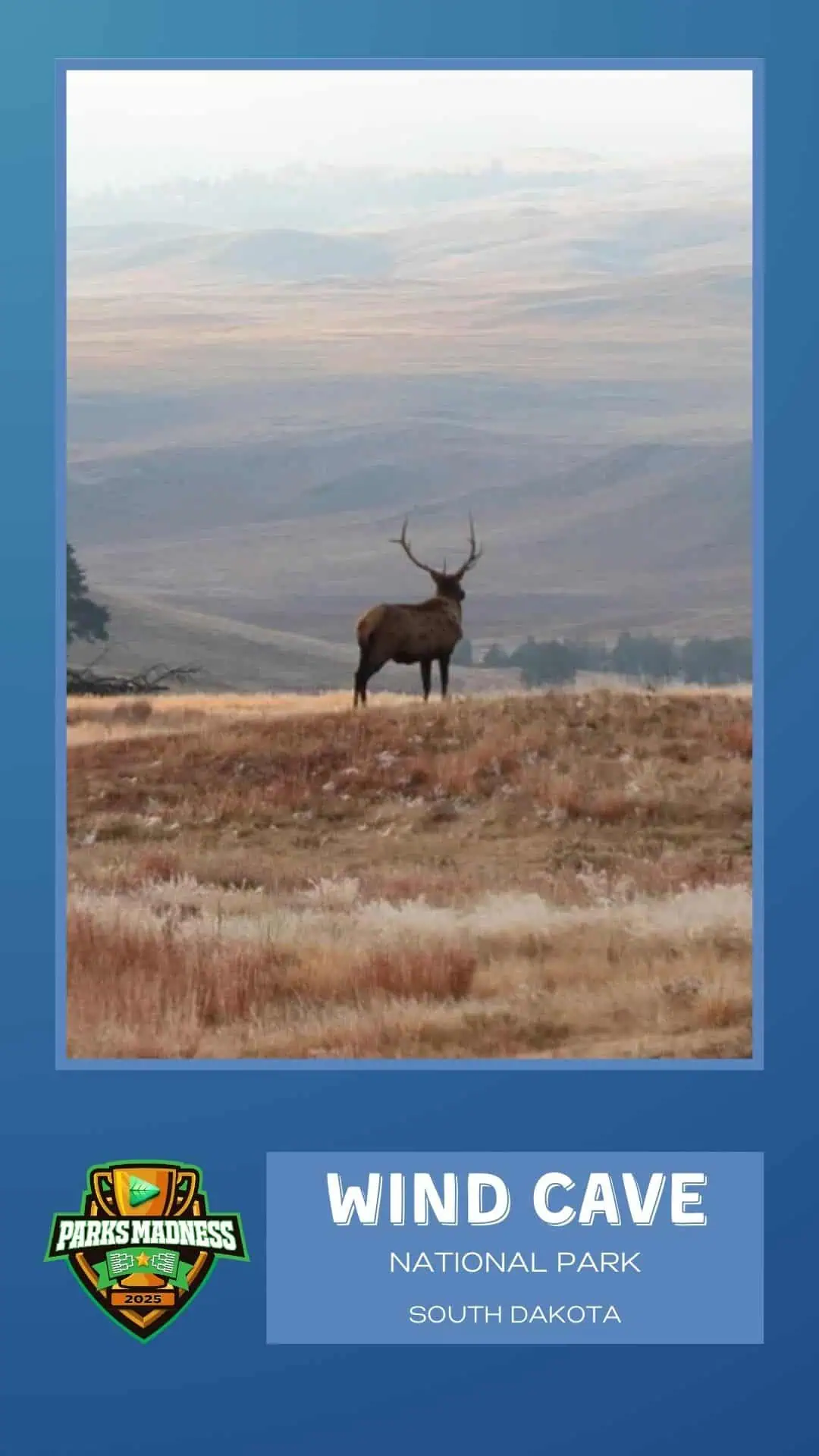
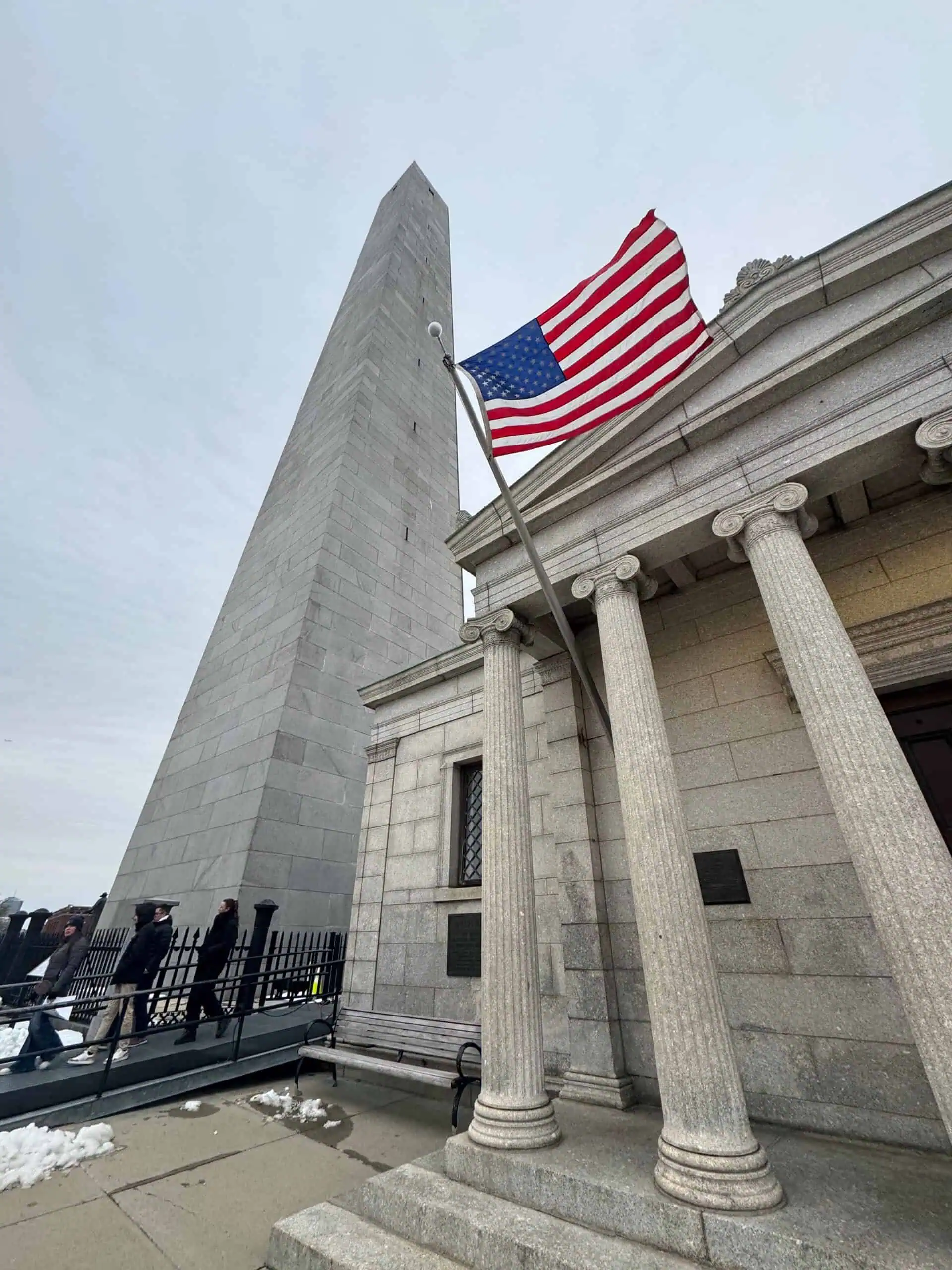
This round is history meets mystery. On one side, the red-bricked path that traces the birth of a revolution. On the other, one of the oldest—and strangest—cave systems in the world. Very different vibes, same goal: to blow your mind.
Boston’s Freedom Trail is short in length but mighty in story. Winding past 16 historic sites, it’s a who’s who of Revolutionary landmarks: Paul Revere’s House, the Old North Church, the site of the Boston Massacre, and more.
What it lacks in wilderness, it makes up for in walkability and drama. This is where liberty was argued, printed, shouted, and fought for — all within a few cobblestoned blocks. Plus, it’s the rare “park” where you can stop for chowder mid-tour and still feel like you’re honoring the Founders.
Best move: Climb the 294 steps of the Bunker Hill Monument for a skyline view and a glutes workout.
Out in South Dakota, Wind Cave feels like another planet — just beneath ours. It was the first cave ever designated a national park (1903!), and it features some of the rarest cave formations on Earth: boxwork, a delicate, honeycomb-like mineral pattern found almost nowhere else.
But that’s not all — above ground, it’s rolling prairie, bison herds, and one of the largest mixed-grass ecosystems in the country. With under 1 million visitors a year, you might share your trail with more elk than people.
Best move: The Fairgrounds Cave Tour — like spelunking into a dream.
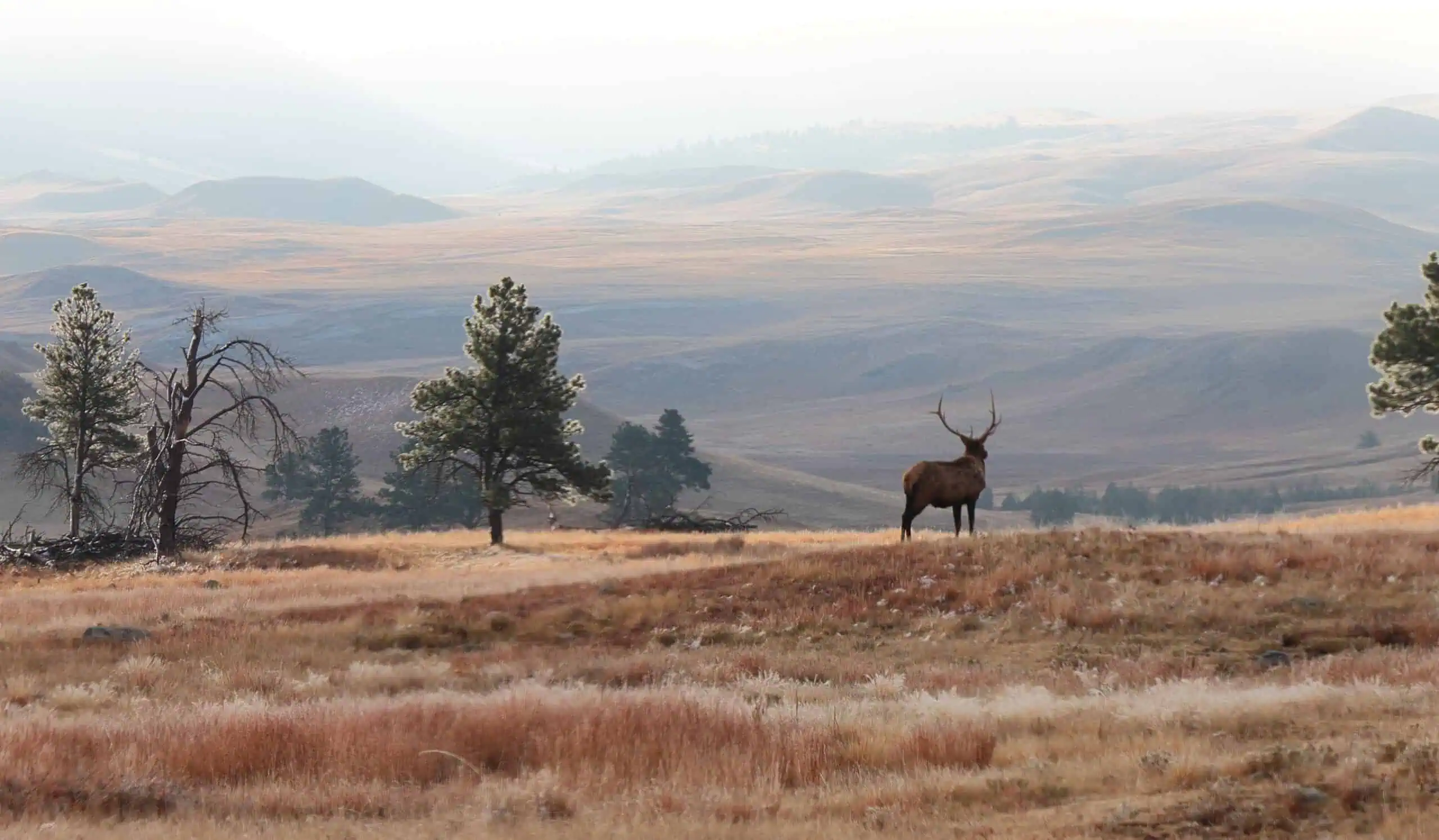
No. 6 Joshua Tree vs. No. 11 Saguaro
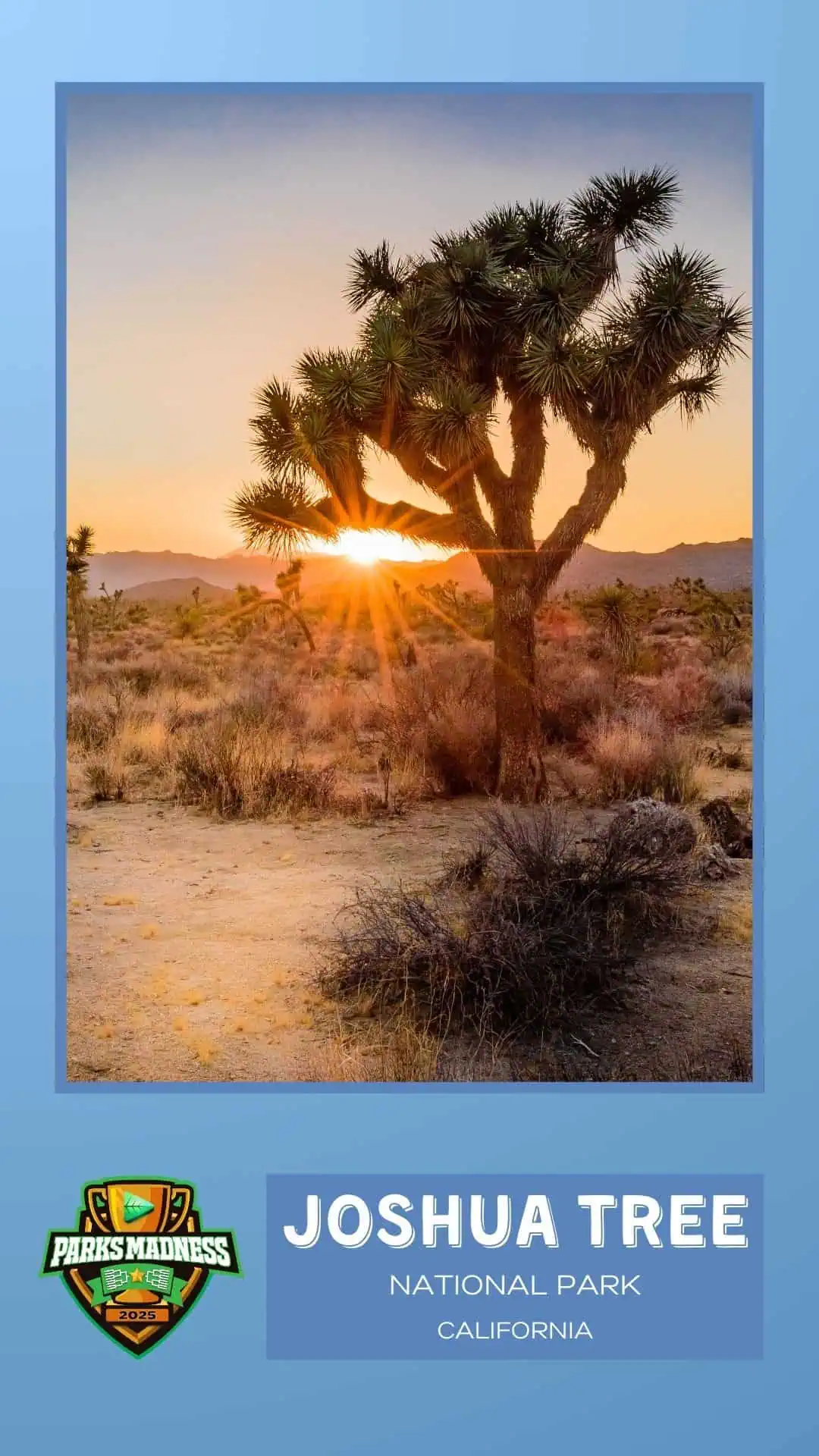
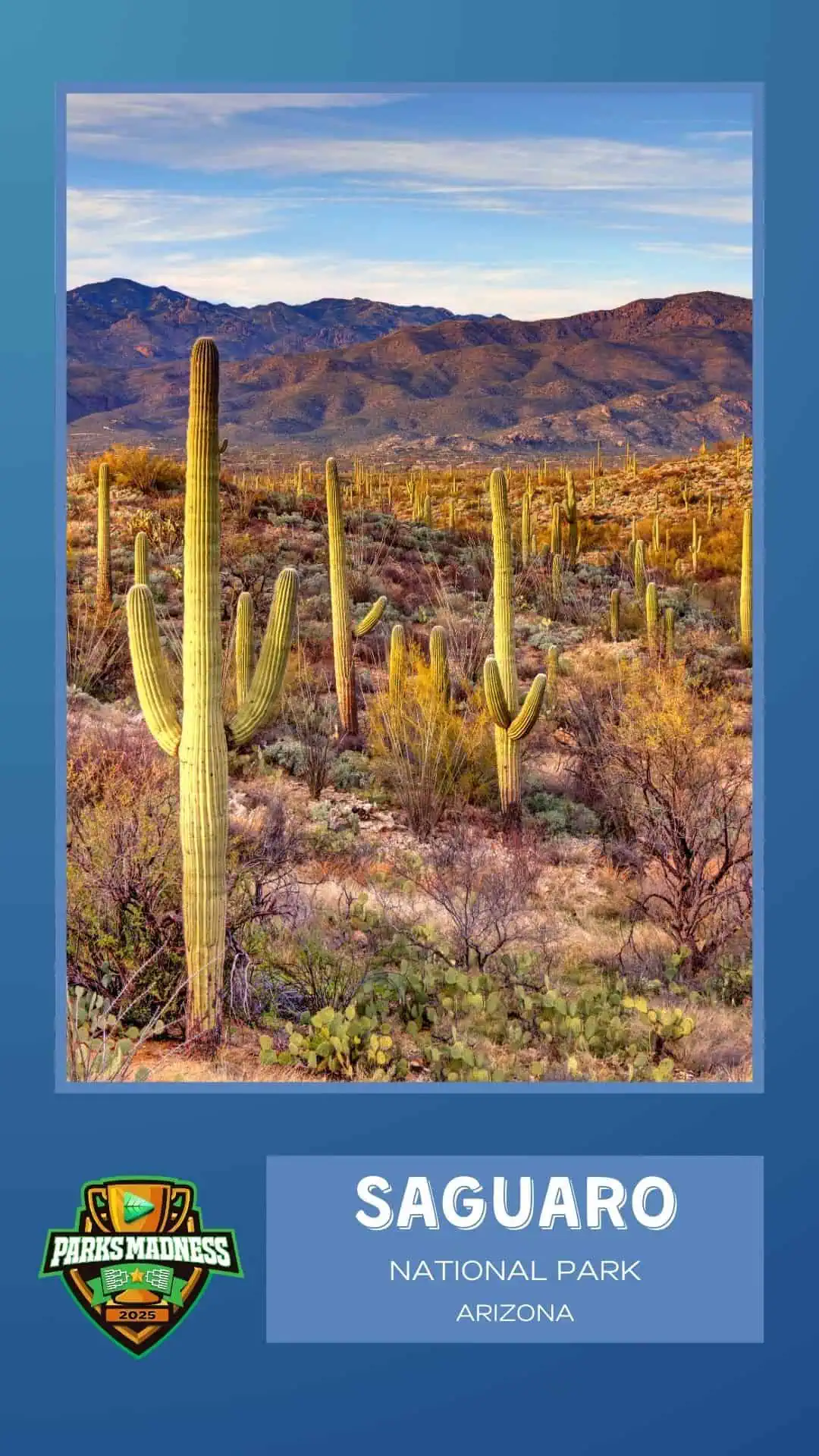
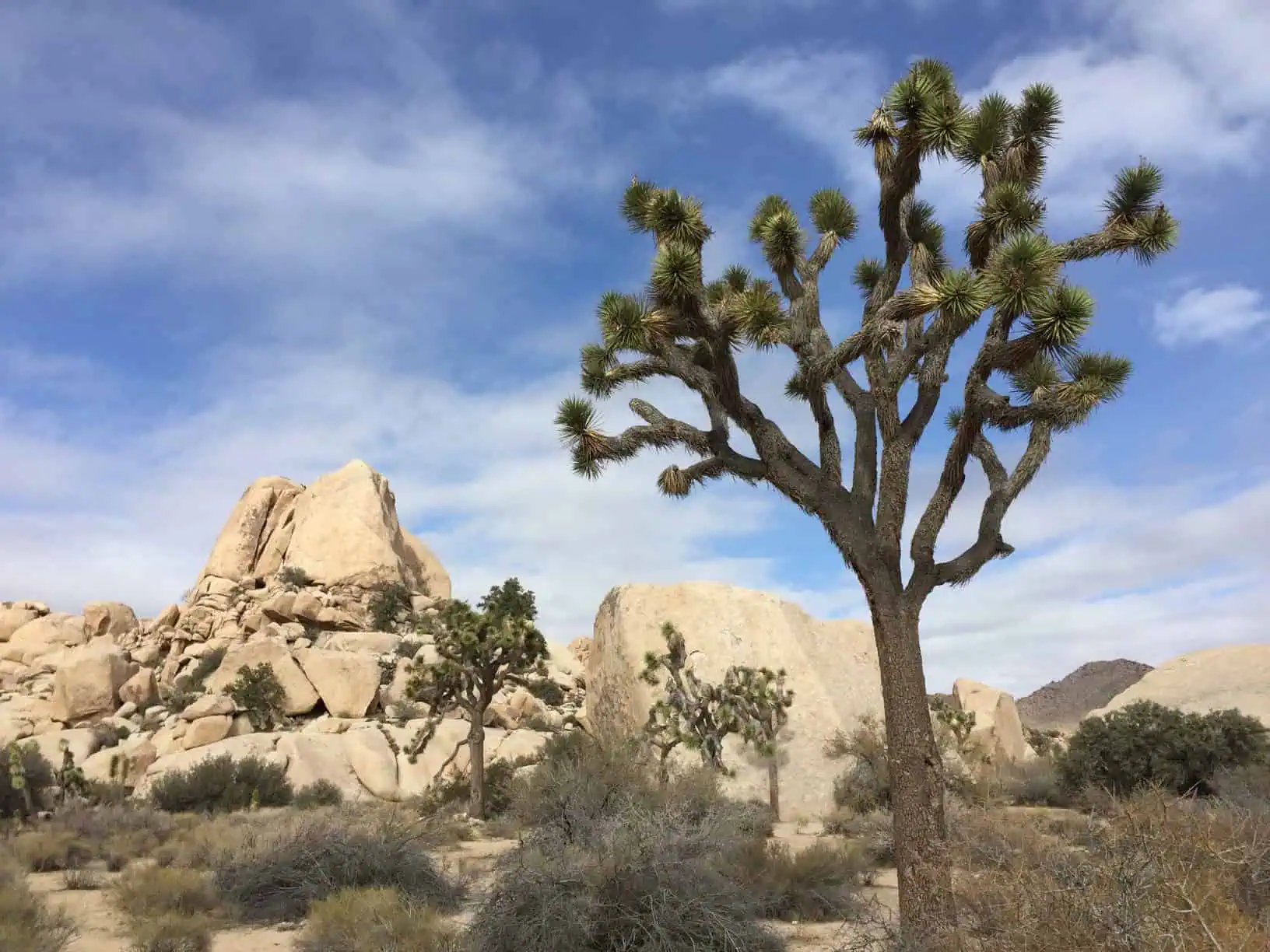
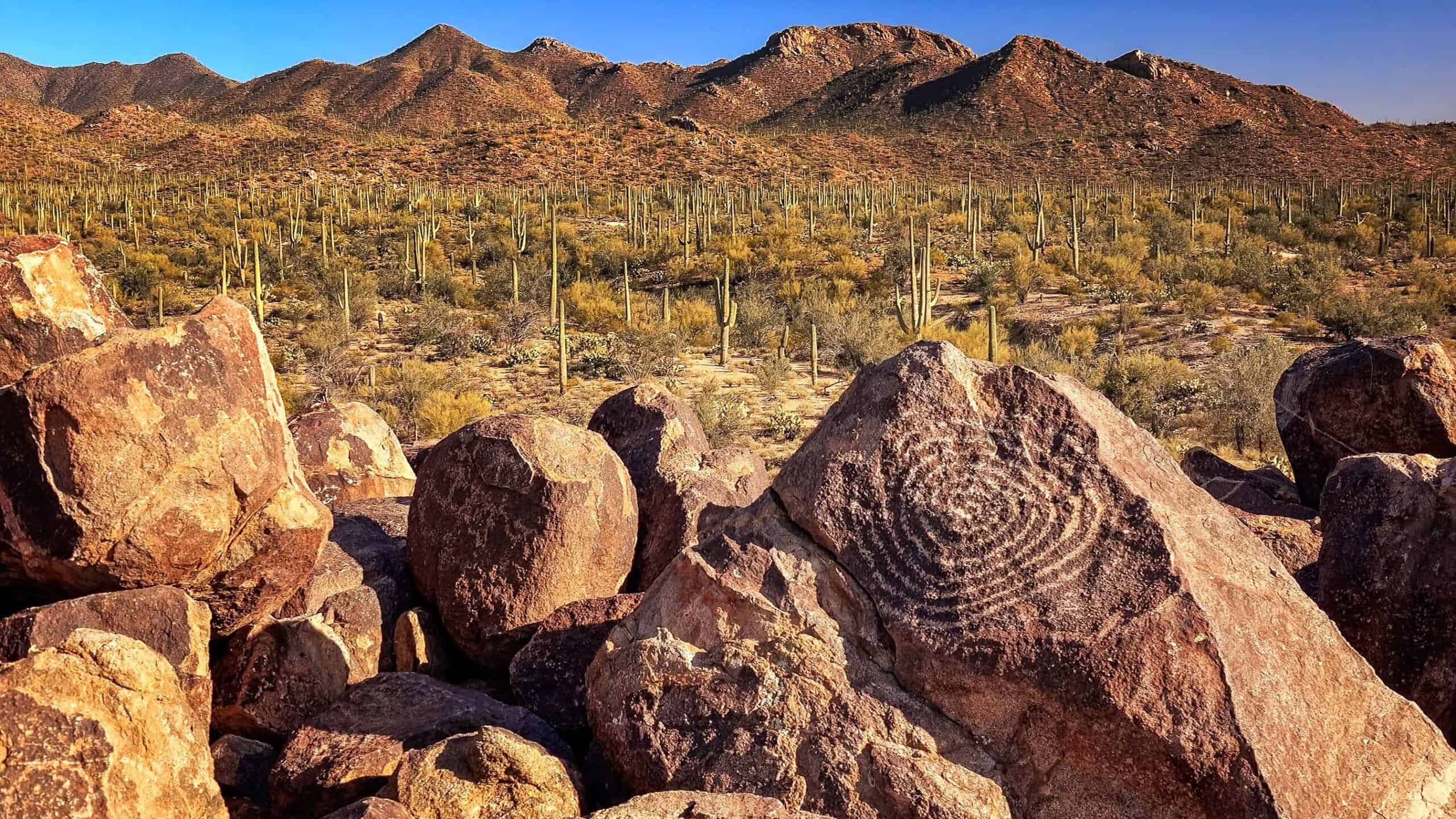
Get ready for a battle of bold landscapes, bigger-than-life plants, and sunsets that stop you in your tracks. This matchup is dry, dramatic, and full of personality — kind of like the deserts they represent.
Spanning the crossroads of the Mojave and Colorado Deserts, Joshua Tree is where alien trees meet stacked boulders, climbers meet coyotes, and stargazers find religion. It’s part national park, part art installation, and part rock-climbing paradise.
Named after the Dr. Seuss–like Joshua tree (which isn’t actually a tree, but a giant yucca), the park became a counterculture icon thanks to U2, Instagram, and the fact that the night sky here is unreal. With nearly 3 million annual visitors, Joshua Tree has a vibe — equal parts mystic retreat and rugged adventure basecamp.
Best move: Scramble to the top of Ryan Mountain at golden hour and soak in the panoramic glow.
On the other side of the desert spectrum, Saguaro (pronounced “sah-WAH-ro”) is pure Sonoran soul. This Tucson-based park is split into two districts and filled with towering cacti — some over 40 feet tall, weighing several tons, and living up to 200 years.
These iconic silhouettes are more than just postcard stars — they’re ecological powerhouses, supporting birds, bats, and desert critters galore. The sunsets here turn the sky neon and the saguaros into sentinels standing watch. Despite its majesty, Saguaro is still a bit under-the-radar, with about 1 million annual visitors — which means plenty of space to wander, wonder, and dodge the cholla.
Best move: The Valley View Overlook Trail — short, sweet, and absolutely cinematic at dusk.
This is a cactus clash for the ages. Joshua Tree brings the swagger — with its surreal scenery, epic climbing, and indie mystique. But Saguaro counters with desert majesty, ancient giants, and true Southwestern soul. So what’ll it be — the funky wilds of Joshua Tree or the stately grace of Saguaro’s living legends?
No. 3 Pacific Crest Trail vs. No. 14 Lassen Volcanic National Park

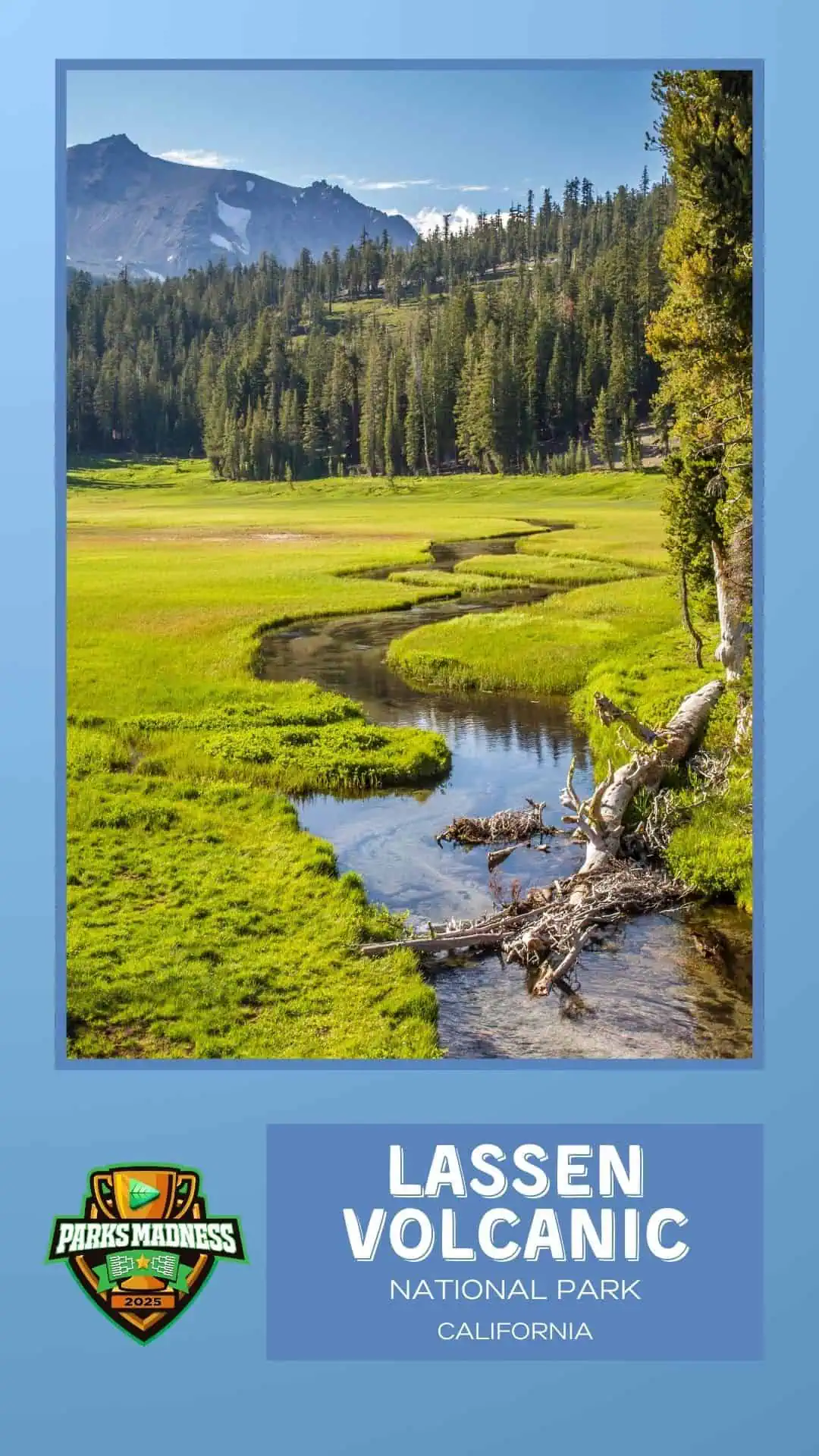
In this matchup, we’re going long-distance vs. geothermal. One’s a full-throttle thru-hiker fantasy, the other’s a steaming, bubbling, lava-blasted gem hiding in the shadows of the Sierra Nevada. Let’s see who blazes ahead.
The PCT isn’t just a trail — it’s a pilgrimage. Spanning 2,650 miles from the U.S.–Mexico border to Canada, this beast of a path cuts through California, Oregon, and Washington, linking deserts, alpine peaks, old-growth forests, and volcanic landscapes. It’s backpacking royalty, with a side of blisters.
Popularized by Cheryl Strayed’s memoir Wild, the PCT has exploded in popularity — though only about 15% of thru-hikers finish the whole thing each year. That’s right: this is not for the casual stroller.
Best move: The John Muir stretch through the High Sierra — epic doesn’t even begin to cover it.
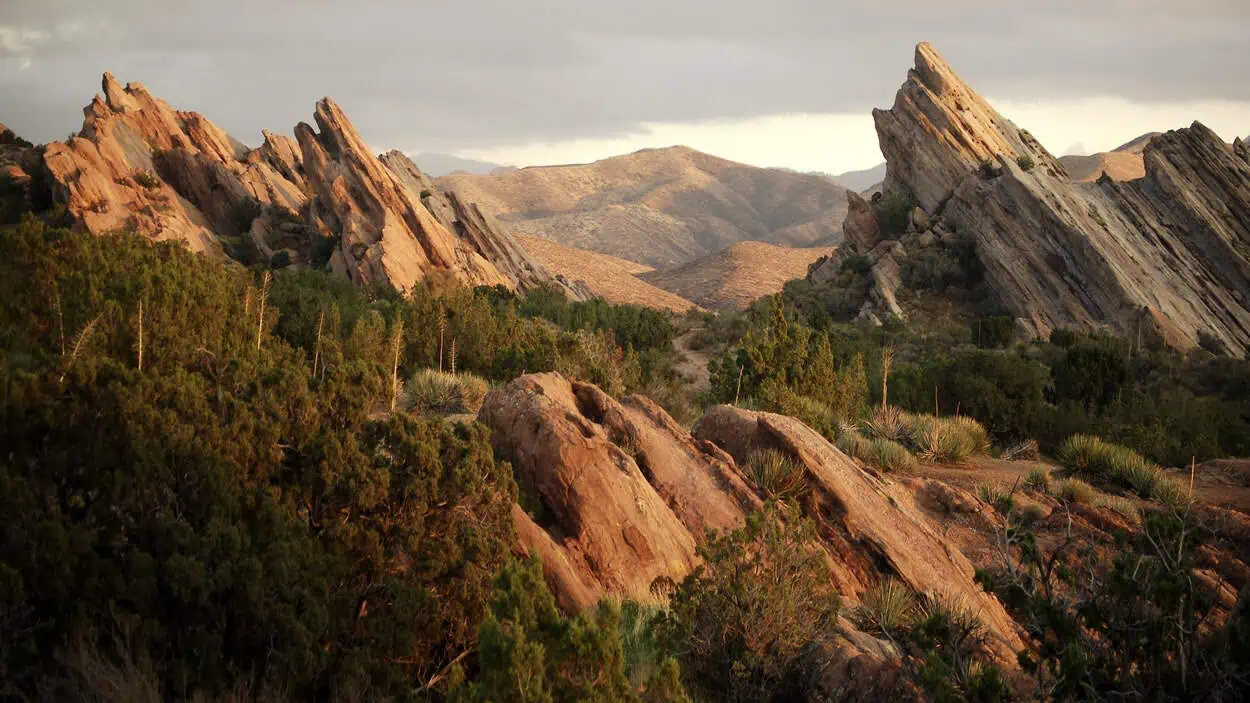
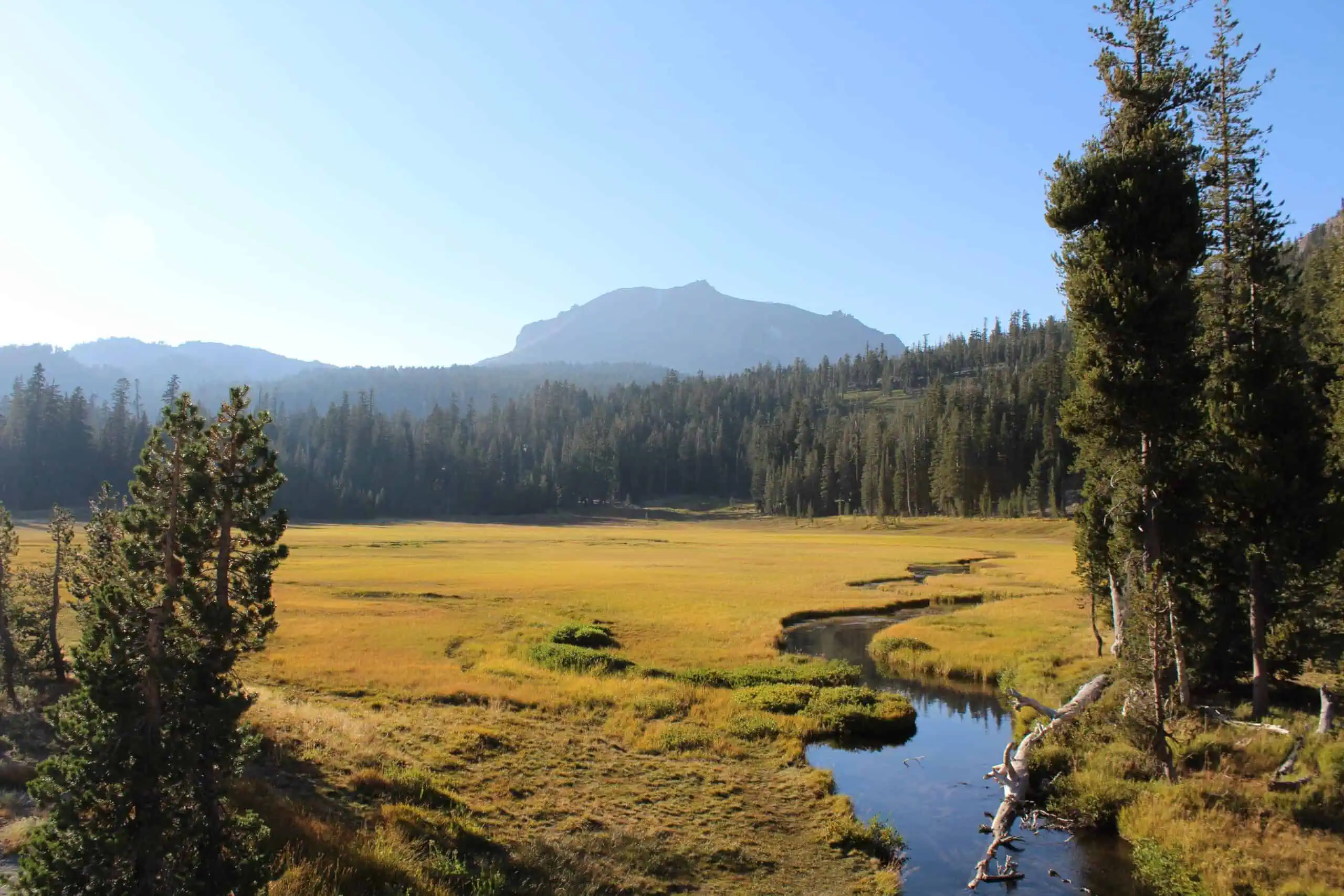
If Yellowstone had a mysterious little cousin, it’d be Lassen Volcanic National Park. Nestled in Northern California, Lassen has all four types of volcanoes (yes, that’s a thing), plus boiling mud pots, steaming fumaroles, and the dramatic peak of Lassen itself — which last erupted in 1915.
And here’s the kicker: fewer than 500,000 visitors a year, which means no crowds, no traffic, just raw geothermal wonder. Toss in alpine lakes, wildflower meadows, and some serious night skies, and you’ve got a hidden gem ready to erupt into the spotlight.
Best move: Hike Bumpass Hell — if you can get past the name — for a front-row seat to Earth’s inner fury.
This is the dreamer vs. the sleeper. The PCT is iconic, relentless, and sprawling. Lassen is compact, explosive, and totally underrated. One is about the journey, the other’s about the surprise. Both give you nature at its wildest. So what’s your pick — the epic trail that spans a continent or the volcanic park that punches above its weight?
No. 7 Historic Jamestowne vs. No. 10 Mesa Verde
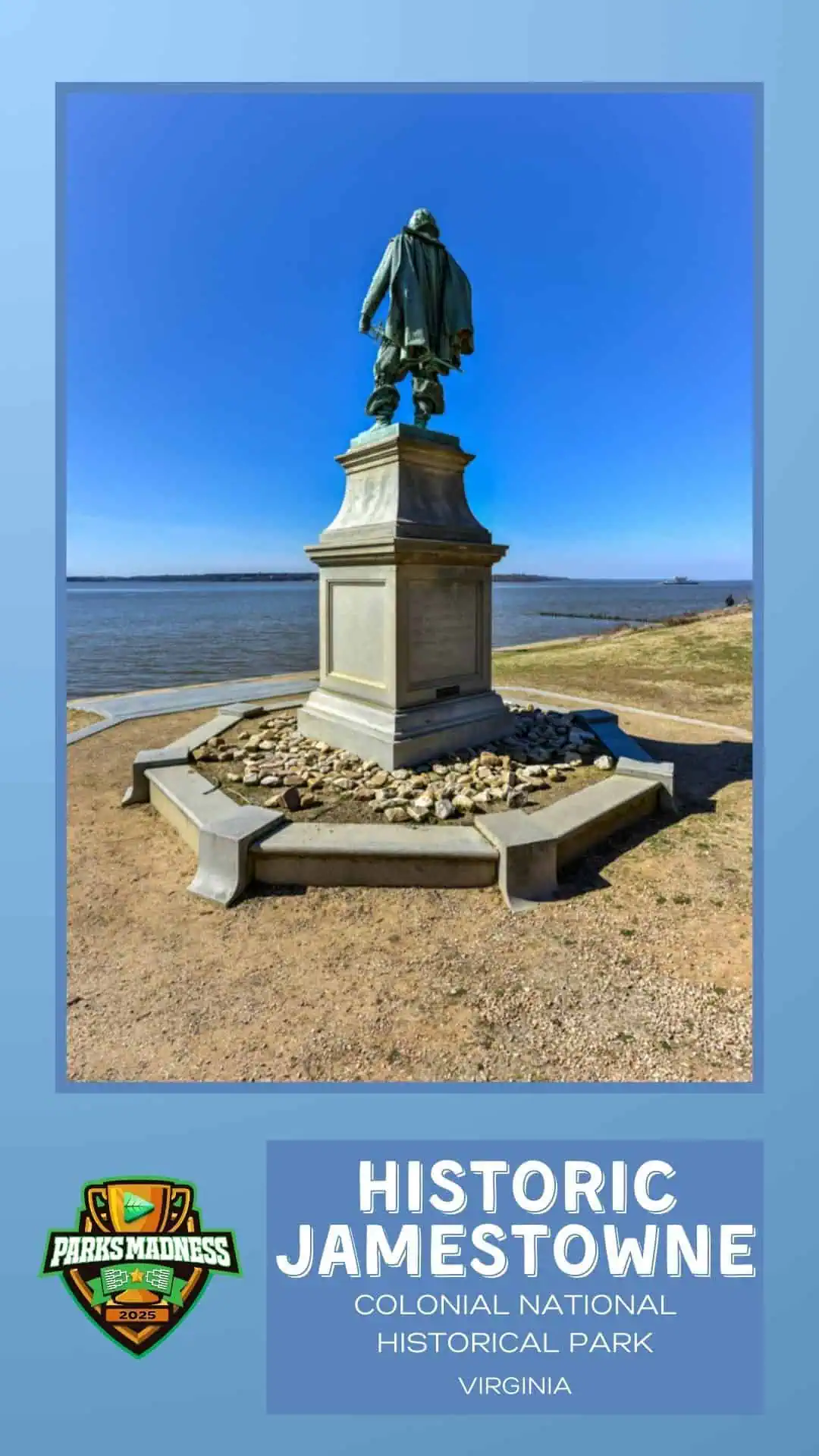
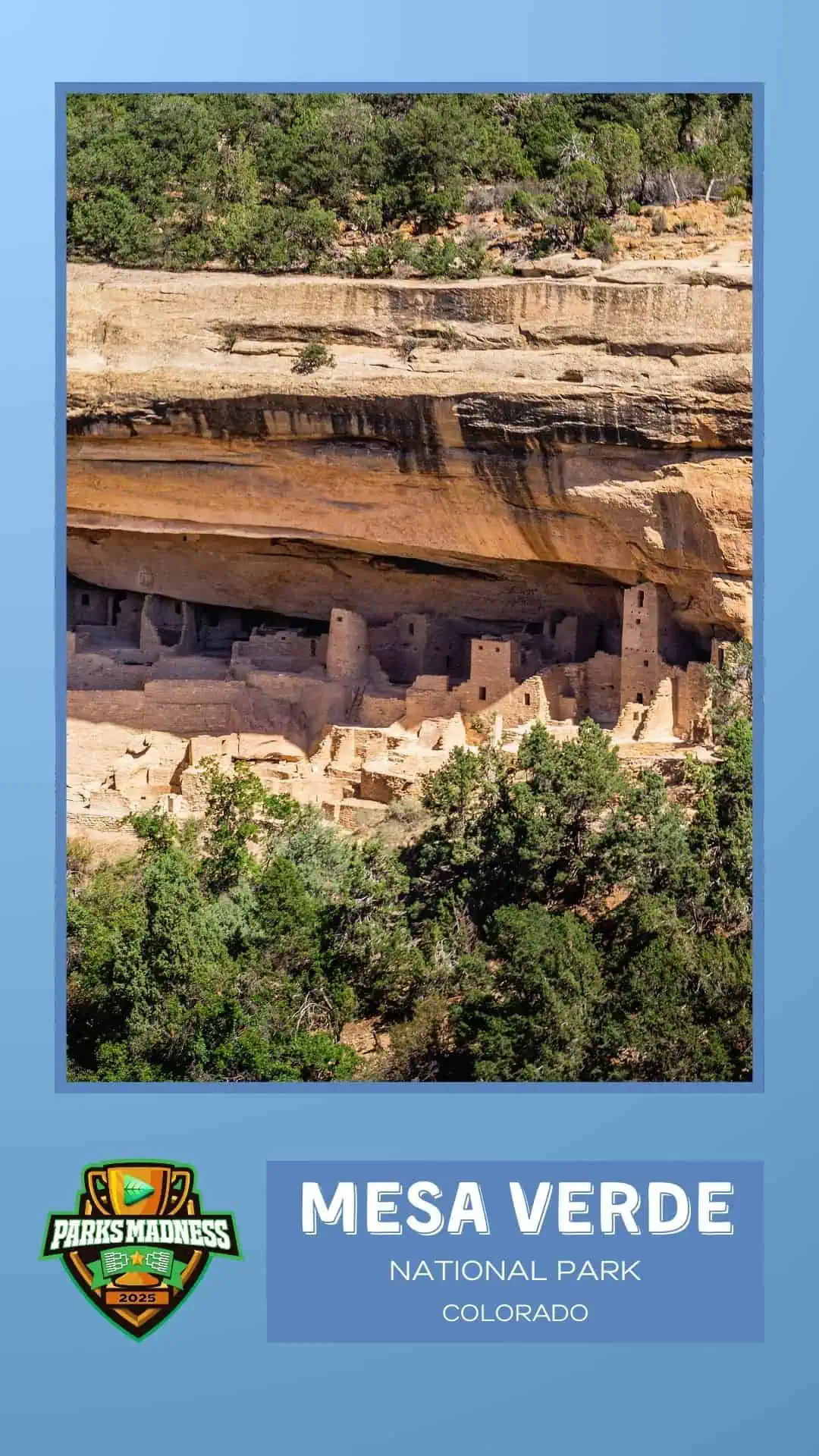
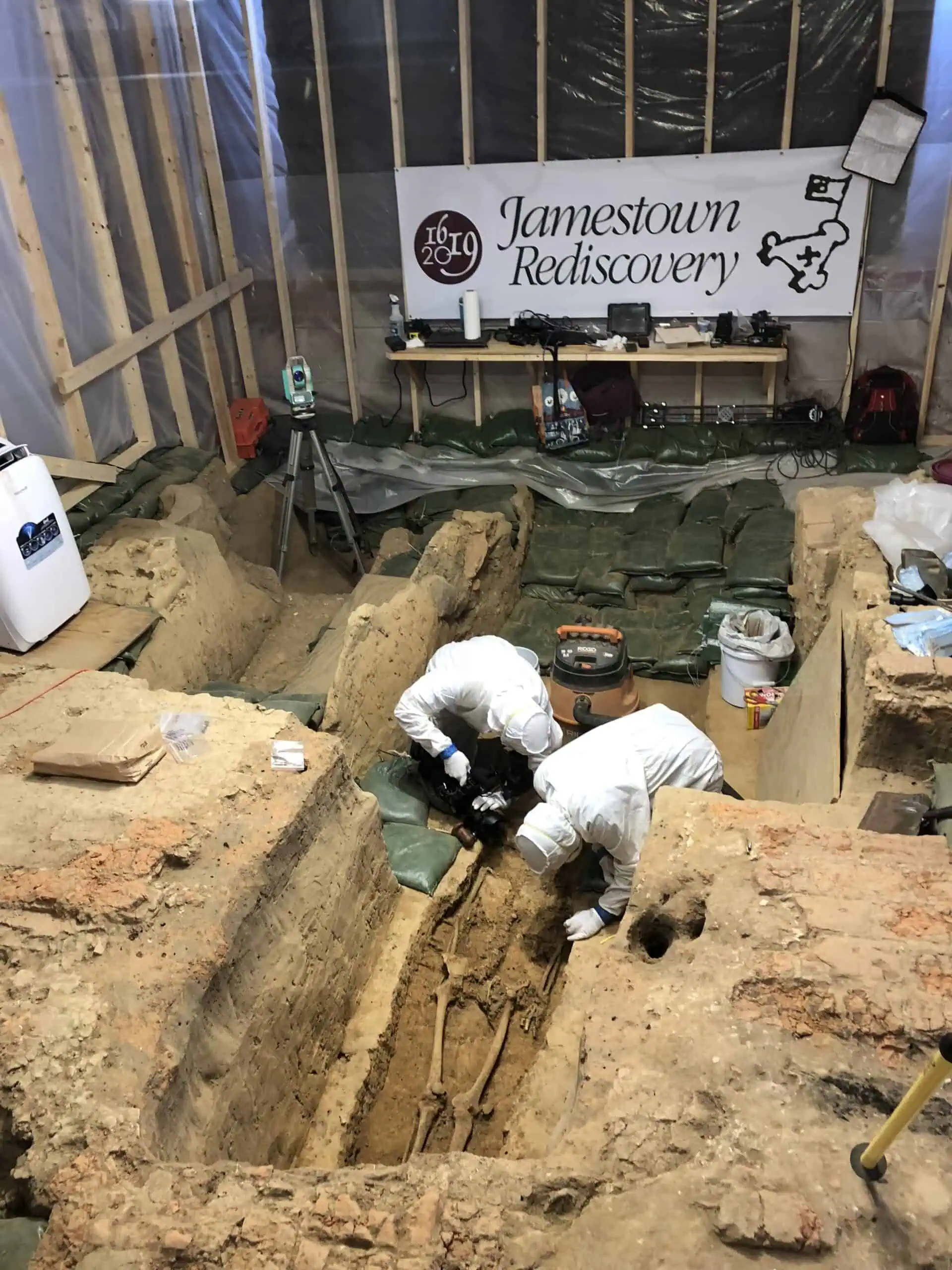
This round isn’t just a competition — it’s a time machine. In one corner, you’ve got the birthplace of English America. In the other, cliff dwellings that stood for centuries before Europeans knew this continent existed. They’re both playing the long game.
Virginia’s Historic Jamestowne is where 104 colonists landed in 1607 and started the first permanent English settlement in North America — and where in 1619 the first Africans arrived, forced into slavery. The site is still active with archaeological digs, turning up everything from armor to cooking pots to — yep — human remains. Talk about gritty history.
You can walk the actual footprint of Fort James, meet archaeologists mid-dig, and see haunting relics in the Voorhees Archaearium (yes, that’s a real word). It’s living history with just the right amount of unease.
Best move: Stand at the edge of the James River and picture 1607 — just forest, water, and the start of something enormous.
Out west in Colorado, Mesa Verde stuns with 600+ cliff dwellings built by Ancestral Puebloans between 600 and 1300 CE. That’s right — over 700 years before Jamestown, people here were engineering multi-room homes in the sides of canyons.
With remarkably preserved structures like Cliff Palace and Balcony House, Mesa Verde offers not just ruins, but clues to a thriving, complex society — and a mystery: why did they leave? With high-altitude hikes, ranger-led tours, and wide-open views, this UNESCO World Heritage Site is both spiritual and spectacular.
Best move: Climb the ladders into Cliff Palace and experience how these people lived — without mortar, nails, or colonists.
Historic Jamestowne might claim to be “America’s birthplace,” but Mesa Verde was built by America’s original inhabitants. Both tell stories of resilience, adaptation, and human ingenuity.
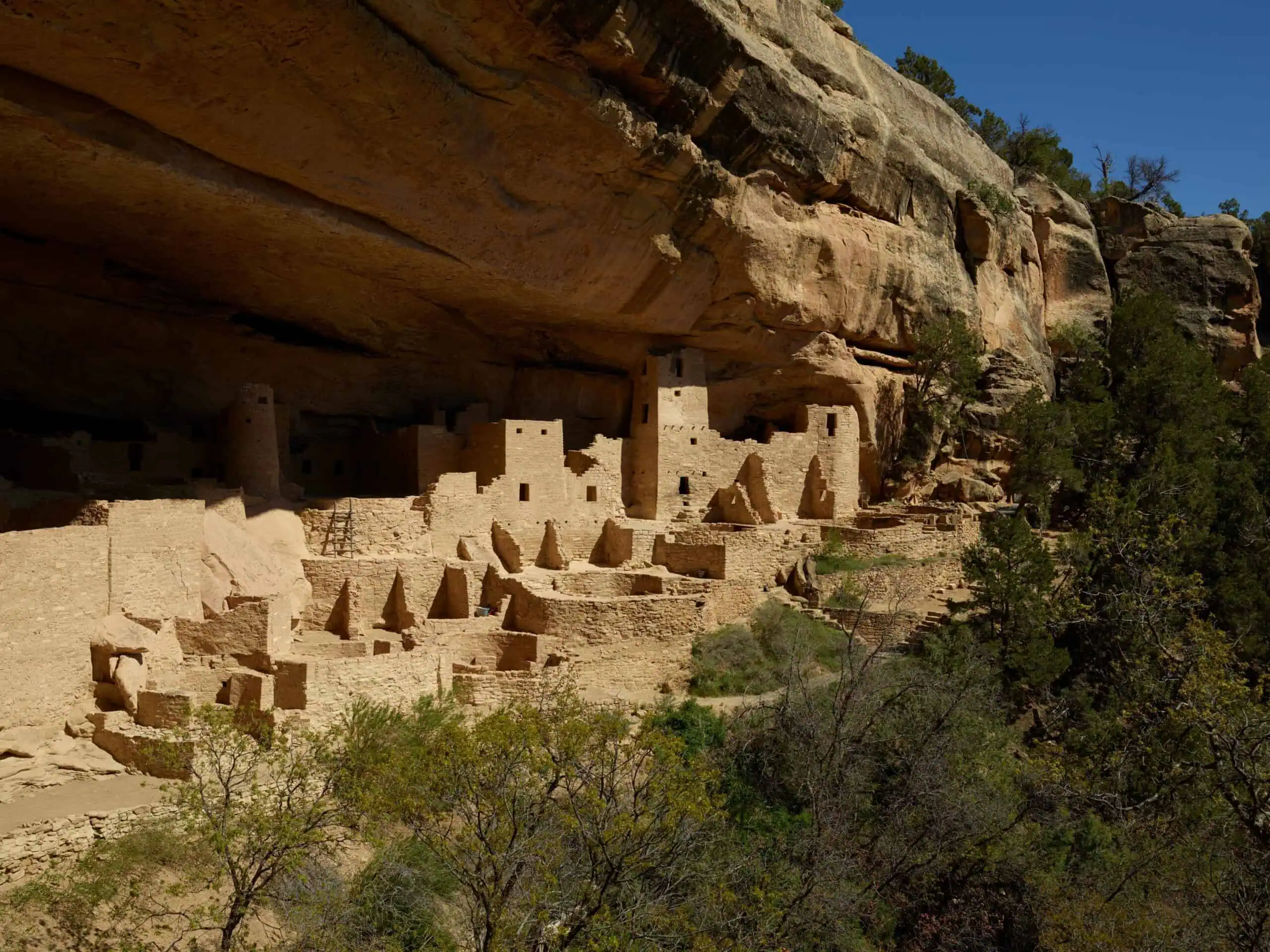
No. 2 Mount Rushmore vs. No. 15 Petrified Forest
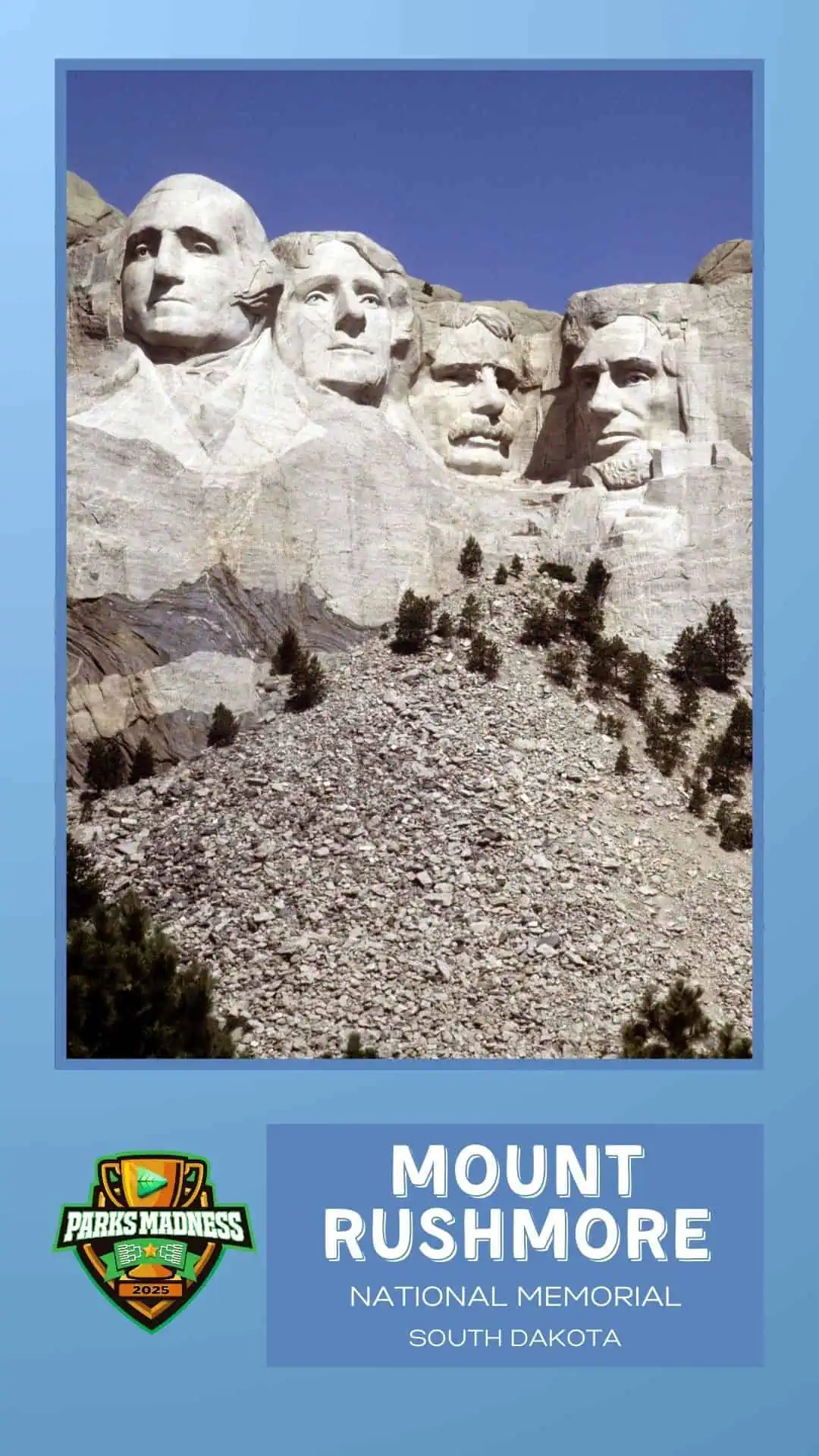

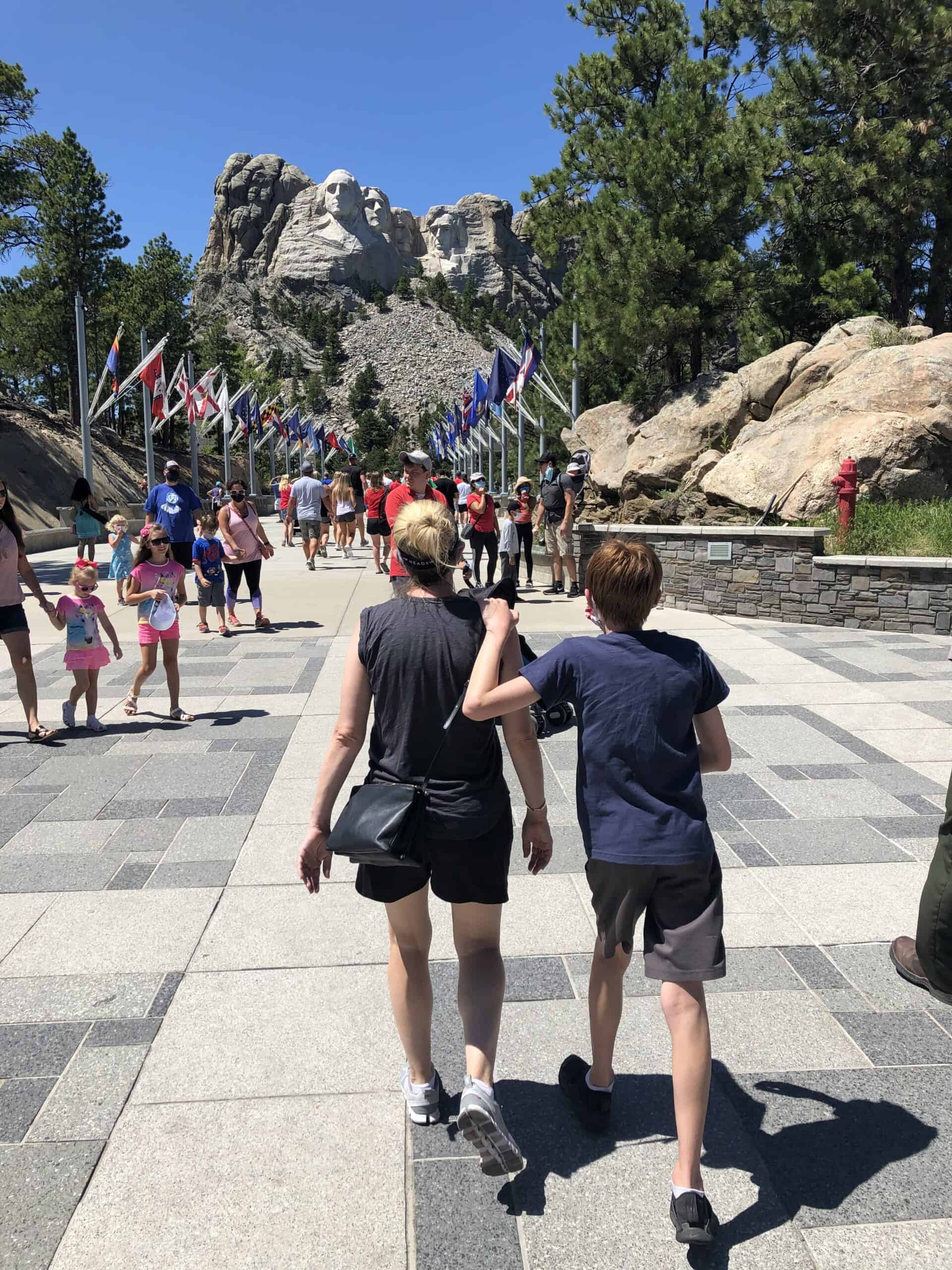
This is a clash of history, geology, and good old-fashioned national pride.
Talk about star power — Mount Rushmore features four of the most recognizable mugs in U.S. history: Washington, Jefferson, Roosevelt, and Lincoln. Carved into the granite face of South Dakota’s Black Hills, this monument draws nearly 2 million visitors each year and stands as a symbol of American ambition and engineering.
But it’s not just about the famous faces. Behind the scenes, the site is packed with drama: controversial sculptor Gutzon Borglum, unfinished plans for more elaborate carvings, and a complex legacy that includes Native American land disputes. It’s a powerhouse in historical storytelling.
Best move: The Presidential Trail — where you can stare George Washington right in the nostril.
Don’t let the name “Petrified Forest” fool you — this Arizona gem isn’t just about trees turned to stone (though they are super cool). It’s a surreal landscape where 200-million-year-old logs shimmer in crystalized hues of purple, red, and gold. Add in dinosaur fossils, ancient petroglyphs, and Route 66 nostalgia, and you’ve got a park that punches way above its weight.
With only about 600,000 annual visitors, Petrified Forest is the underdog — but a quirky fan favorite. It’s a park where geology meets mystery, and the open desert sky makes for next-level stargazing.
Best move: Blue Mesa Trail — a short hike that feels like stepping onto another planet.
So who takes the W? Mount Rushmore has iconic status and sheer visibility, but Petrified Forest brings uniqueness and ancient intrigue.



